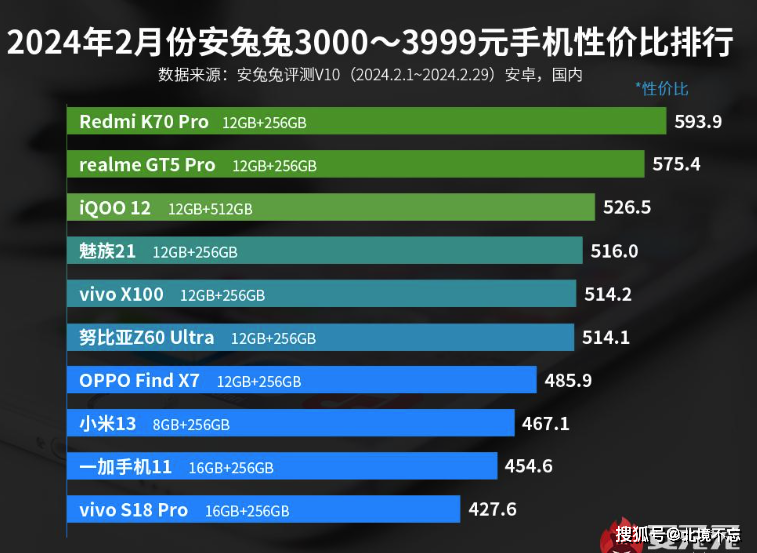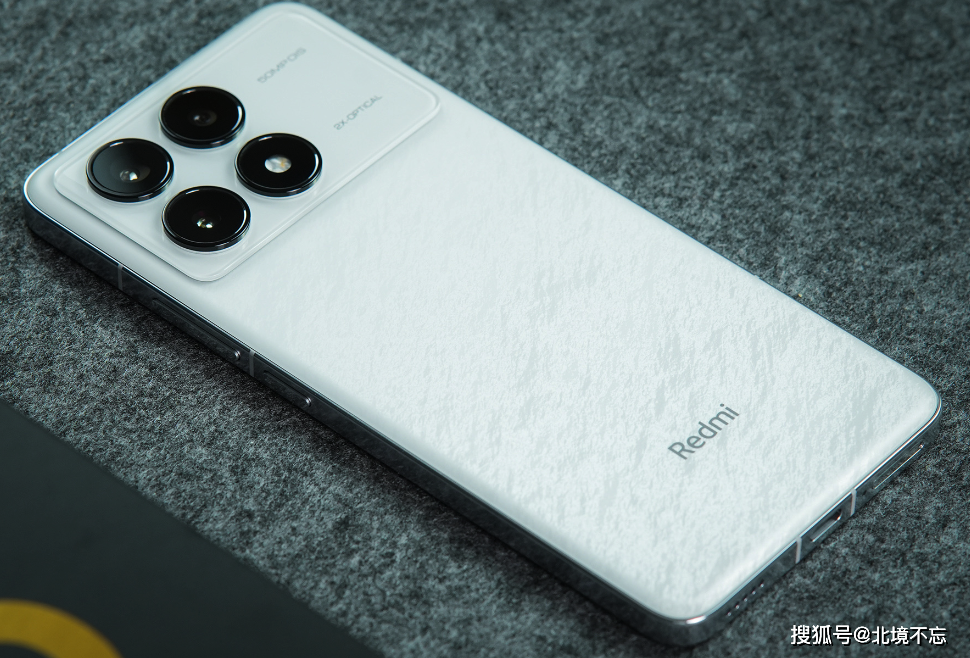The Significance of “Cost-Effectiveness” in Smartphones

In the past, the term “cost-effectiveness” was most commonly associated with Xiaomi phones, as Xiaomi initially gained its foothold through providing great value for money. Back then, the pricing of Xiaomi’s flagship models started at 1999 yuan, causing a stir in the entire smartphone market and driving down the prices of domestic phones, allowing Chinese smartphones to compete with Apple, thanks in large part to Xiaomi’s initial efforts. Looking at it now, it’s not just Redmi that emphasizes cost-effectiveness; other smartphone manufacturers like iQOO, realme, Honor, and others also offer high cost-effective options.

Currently, there are numerous phones equipped with the Snapdragon 8 Gen 3 chip, with mainstream manufacturers releasing corresponding models, some even launching three or four models! When it comes to cost-effectiveness among phones with the Snapdragon 8 Gen 3 chip, I believe the Redmi K70 Pro stands out as the best choice, and the latest cost-effectiveness rankings indeed place this model at the top! This demonstrates how exceptional the cost-effectiveness of the Redmi K70 Pro truly is.

Although the positioning of the Redmi K70 Pro may not be as high-end as the Xiaomi Mi 14, its basic configuration is still very impressive. For instance, it boasts a second-generation high-end 2K Chinese screen on the front side, provided by a domestic supplier, with excellent quality. It has seen significant improvements in brightness, color, touch sensitivity, and eye protection compared to the previous generation. Specific parameters include a 120Hz refresh rate, 4000nit peak brightness, 12-bit color depth, and 3840Hz high-frequency PWM dimming, among others. This powerful display elevates the user experience in all aspects, whether in gaming, watching videos, or reading.

As a flagship performance phone, it’s obvious that the Redmi K70 Pro wouldn’t compromise on using a low-end chip, as it has to live up to its “Pro” title! Therefore, the Redmi K70 Pro is powered by the third-generation Snapdragon 8 flagship chip, manufactured using a 4nm process, with a benchmark score of 2.24 million. This is currently the most powerful chip used in Android phones, ensuring smooth operation of major mobile games for gamers and delivering a seamless experience for daily users for at least four to five years. If you opt for the 24GB RAM + 1TB storage version, it could easily last you six to seven years.

Thanks to the low power consumption of the Snapdragon 8 Gen 3 chip, the Redmi K70 Pro can sustain high-load operations without draining the battery quickly! Moreover, the device comes with a massive 5000mAh battery, providing a simulated daily use battery life of up to 1.42 days. Furthermore, charging this battery to full capacity doesn’t take long, as the Redmi K70 Pro supports 120W super-fast charging, requiring just 18 minutes.
Final Thoughts on RedmiK70Pro

In the past, Redmi flagship phones often compromised on camera capabilities substantially to differentiate from Xiaomi’s flagships. However, this time is different with the Redmi K70 Pro, offering a 50MP Light Chaser 800 sensor, a 50MP portrait lens, and a 12MP ultra-wide-angle lens – three practical lenses with no fillers. To enhance the photography experience, the Redmi K70 Pro’s camera also features classic film filters, enabling users to effortlessly capture photos with a cinematic atmosphere.
The Redmi K70 Pro has now started to reduce in price, with the 24GB + 1TB version now available for 3809 yuan. This represents a significant reduction from its initial launch price, making it a highly cost-effective option among smartphones powered by the Snapdragon 8 Gen 3 chip. It’s definitely a worthwhile choice for consumers.